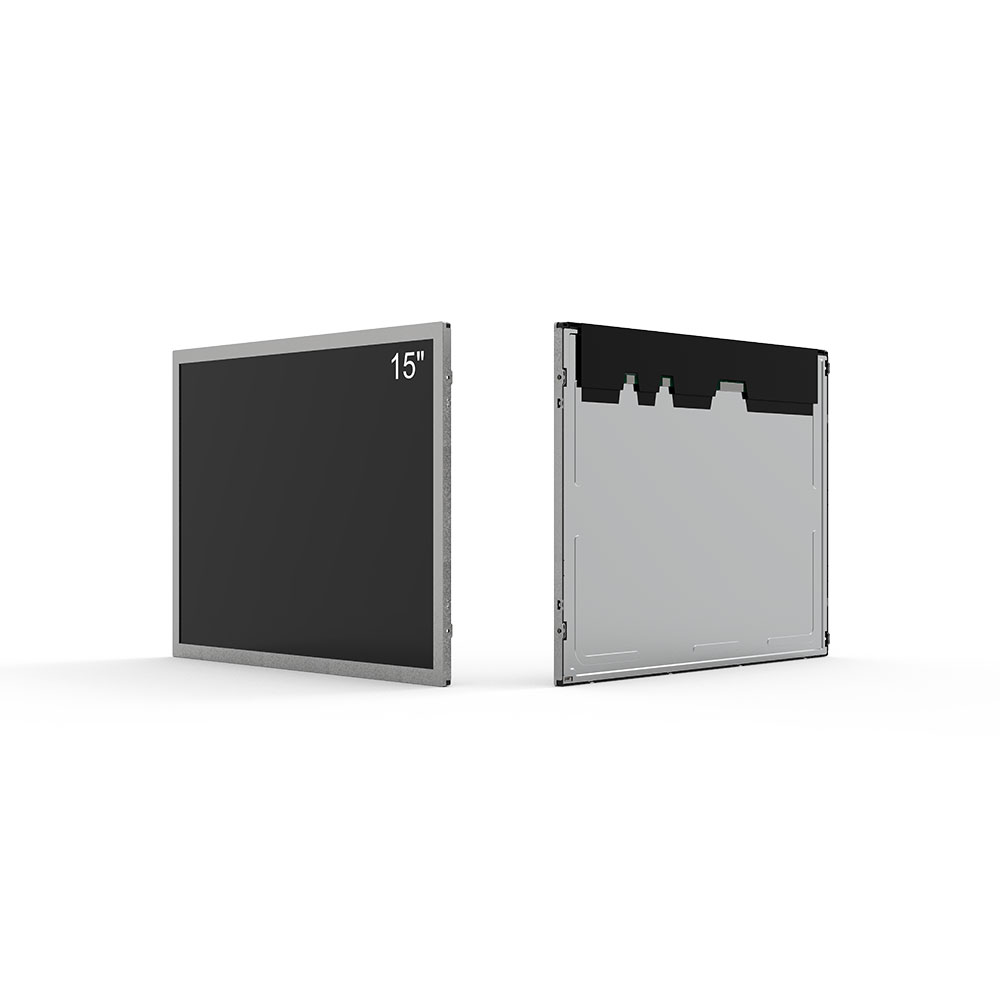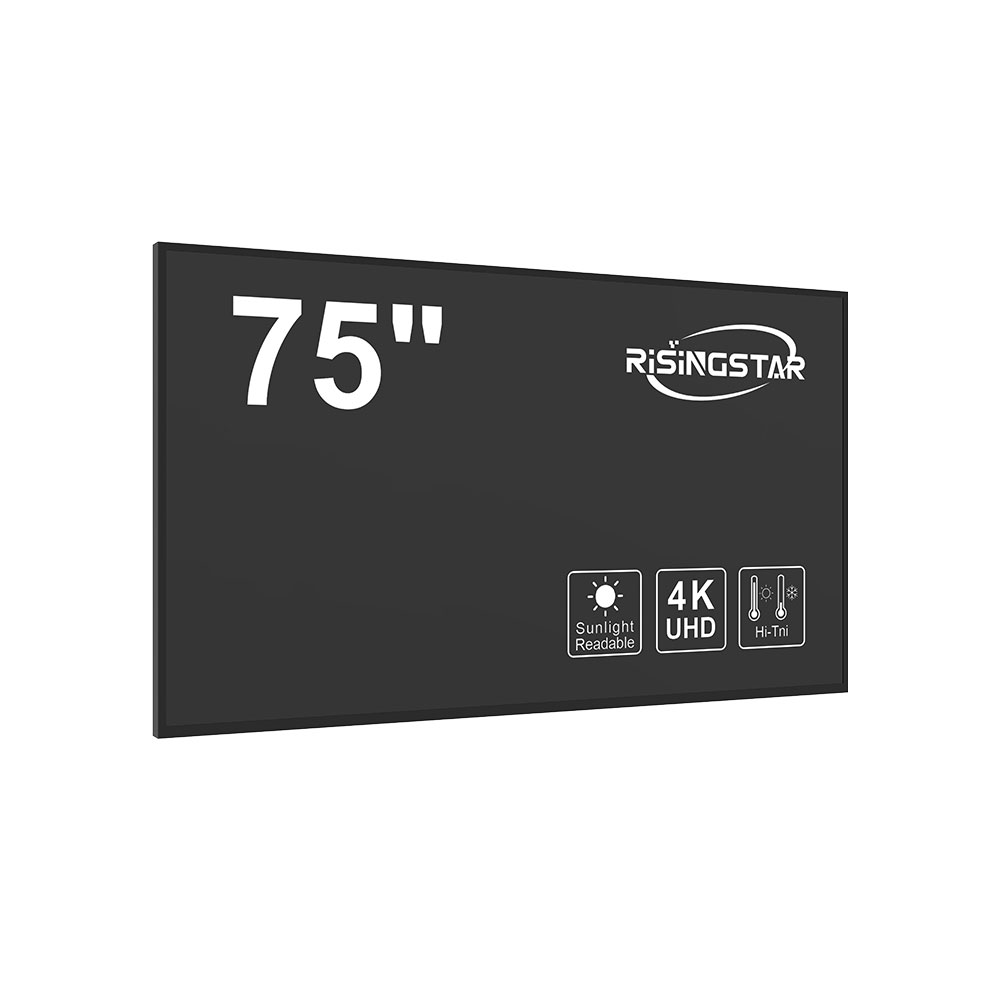- Home
- About Us
- Products
- News
- Video
- Contact
- Send Inquiry
Search
- Home
- About Us
- Products
- News
- Video
- Contact
- Send Inquiry

In the rapidly evolving landscape of display technology, high-brightness sunlight-readable LCD screens have become indispensable for applications ranging from outdoor advertising to military command centers. These displays are engineered to maintain visibility under extreme lighting conditions—especially direct sunlight—which traditional LCDs often fail to achieve. With a fixed aspect ratio of 16:9, which aligns with modern video and multimedia standards, manufacturers now offer panels in sizes spanning from compact 10.1 inches to massive 110-inch formats—including widely adopted dimensions like 13.3", 15.6", 18.5", 21.5", 23.8", 27", 32", 43", 46", 49", 55", 65", 75", 86", 98", and 110".
The key differentiator of these LCDs lies in their peak brightness levels, typically exceeding 5,000 nits (with some models reaching 10,000 nits or more), compared to standard indoor displays that rarely surpass 500 nits. This enhanced luminance is achieved through advanced backlighting technologies such as LED arrays optimized for high-output intensity, combined with anti-glare coatings and polarized filters that reduce specular reflection. According to IEEE Transactions on Consumer Electronics (2022), sunlight-readable displays using local dimming and adaptive brightness control can reduce power consumption by up to 30% while maintaining optimal visibility under direct sun exposure.
Industrial case studies further validate this technology’s robustness. For example, Siemens deployed 55" 16:9 sunlight-readable LCDs in open-air construction sites across Germany, where workers used the screens for real-time data monitoring. The displays performed reliably even during midday sun at 30°C ambient temperatures. Similarly, Boeing utilized 75" and 86" units in aircraft maintenance hangars, where bright lighting and dust resistance were critical. These screens featured IP65-rated enclosures and ruggedized touch capabilities, ensuring durability in harsh environments.
Manufacturers like LG Display, Sharp, and Innolux have standardized on the 16:9 format for compatibility with HD (1920x1080) and UHD (3840x2160) resolutions, enabling seamless integration into existing content delivery systems. Moreover, recent innovations in IPS (In-Plane Switching) and VA (Vertical Alignment) panel technologies have improved viewing angles beyond 178° and reduced motion blur—critical for dynamic content in mobile command vehicles or public transportation dashboards.

For government and defense applications, MIL-STD-810G certification is increasingly common, ensuring performance under shock, vibration, humidity, and temperature extremes (-20°C to +70°C). In contrast to consumer-grade panels, industrial-grade sunlight-readable displays undergo rigorous testing protocols, including UV radiation exposure and salt fog resistance, as defined by ISO 9227 and IEC 60068 standards.
As demand grows in smart cities, automotive infotainment, and IoT-enabled kiosks, the scalability of 16:9 displays—from small handheld devices to large digital signage installations—makes them ideal for future-proof deployments. Whether it’s a 10.1" screen embedded in a drone for real-time telemetry or a 110" unit powering an urban information hub, the convergence of brightness, durability, and aspect ratio consistency ensures these displays remain at the forefront of human-machine interaction in demanding environments.

2025-07-31
Clinic Window Tv Screen 55 Inch2025-07-31
15 Inch Outdoor LCD Digital Signage